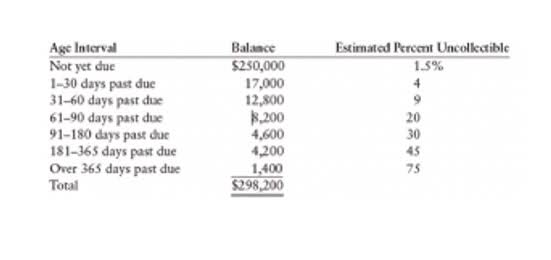
Before we journey into the intricacies of encumbrance accounting, we must grasp the foundational concept of an “encumbrance” itself. In Balance Reports, encumbrances can be toggled on or off to reflect available balances. Report users can use this encumbrance indicator to evaluate their available balances and solvency concerns, at budget or fiscal year end. Encumbrance when it comes to real estate, due to its many applications, has many different types.
Various governments have adopted encumbrance accounting, nonprofits and some companies to handle sensitive finances better. This blog will discuss the importance of encumbrance accounting and how it is performed. Internal Ecumbrances represent the commitment of funds generated by travel authorization documents and are coded with the balance type code IE.
Actual Expense
Implementing the correct AP automation solution to automate your financial processes and ensure each encumbrance is accounted for without increasing your accountants’ manual workload is essential. This aids your accountants in timely book closing and adding journal entries when an encumbrance has been paid. The encumbrance process begins when the companies identify the need to purchase goods or services on credit. At this point in the encumbrance process, a legal obligation to pay vendors has not been established, but there is an acknowledgement of future expenses that need to be paid. Pre-encumbrance is noted with the help of documents like purchase requisitions, which identify need but aren’t legally binding yet. This intent implies that the business is highly likely to spend money in the future, which implies a commitment to make a purchase.

By combining encumbrance accounting with budgeting, forecasting, and reporting tools, organizations can gain a holistic view of their finances and make more strategic decisions. Integrated systems can automate data flow between different modules, reducing the risk of errors and providing a seamless user experience. Encumbrance accounting plays a crucial role in the financial management of organizations, particularly those with complex budgets and financial commitments.




